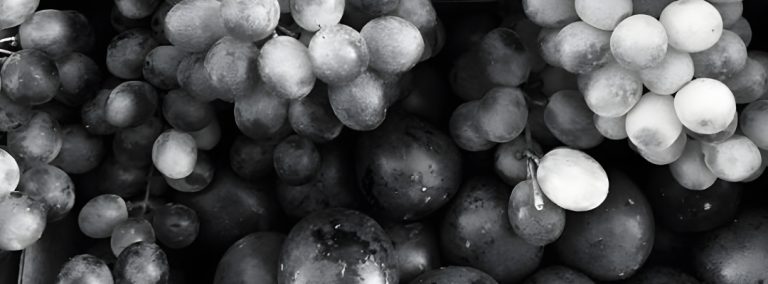Natural and organic are terms we commonly associate with food, but what do they mean when they’re applied to wine? If a wine is organic it refers in part to the farming techniques used to grow the grapes. They have to have come from a farm that uses organic fertilizers and sprays, and no chemical pesticides. Organic wine is also subject to specific regulations that can impact which additives are used. Rules vary by country, but in the United States organic wines cannot contain sulfites (sulfites are added to wine to help stabilize it). Note, you will also sometimes see organically grown, sustainable and biodynamic on wine labels; these terms refer primarily to the farming practices used to grow the grapes.
With natural wine, it’s a bit different because both the grape growing and the winemaking process are heavily involved. Producers of natural wines farm in an organic way, yet you won’t necessarily see an organic stamp on the label because natural wines are unregulated. Natural winemakers hand-pick their grapes and the sugars in the grapes are converted into alcohol by indigenous yeasts. No sulfites are added and natural wine is typically unfiltered and unfined.
Because natural wines have little to nothing added or taken away from them (i.e. they’re low intervention), they can end up being bottled while they’re still fermenting. This can affect both the aromas and the flavors in the wine and make it really stand out. Natural wine may not be to everyone’s liking, but it does have some fans, and it’s something you should try if you’re curious! Just be prepared for it not to fit with your current idea of what wine is and how it should taste.
Wine Tip: Fining is a process that’s used to clarify wines in which egg whites and other animal products bind to leftover proteins and help remove them from the wine. Natural wines don’t undergo this process, meaning they’re also vegan.
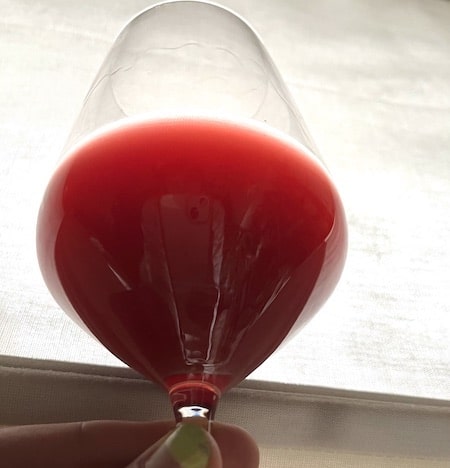

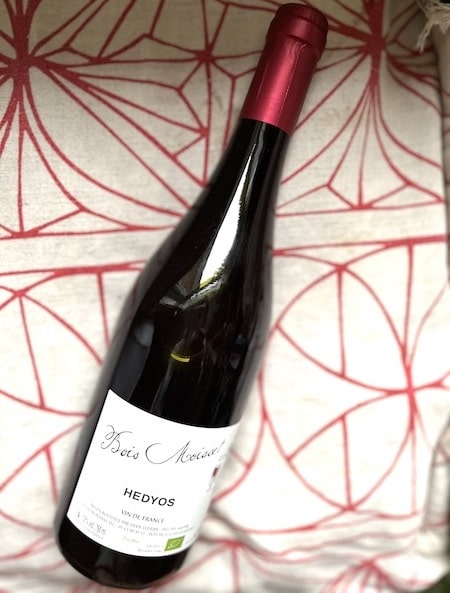

How is natural wine different?
- It’s still “alive.” Because natural wine can have live yeasts in it, it can continue to ferment. This means one bottle will not taste exactly the same as another and the wine will have a shorter shelf-life. You might also note some slight carbonation to the wine.
- It can look quite cloudy. This is because natural wine doesn’t have any filtration or fining to remove particles.
- It can have off-odors and an odd taste. Some people describe natural wines as tasting funky, mousy or vinegary. You might also hear them called “natty.” The difference is with no fining or filtering, you can get more by-products that introduce odors and flavors that aren’t always that pleasant. At the same time, natural wines that are carefully made can end up without any oddities in aroma and taste.
- It doesn’t have any additives. Low intervention means no sulfites or commercial yeast culture was added to the wine.
- It isn’t regulated. As opposed to organic wine which must satisfy certain rules and regulations, many natural wines are unregulated. How the wine is made can range dramatically from one winemaker to another.
- It’s technically vegan. Because natural wines don’t undergo fining which often involves animal products, they’re technically vegan. But while all natural wines are vegan, not all vegan wines are natural!
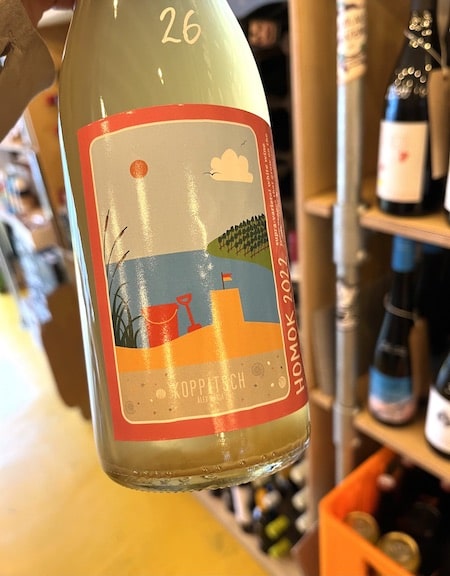
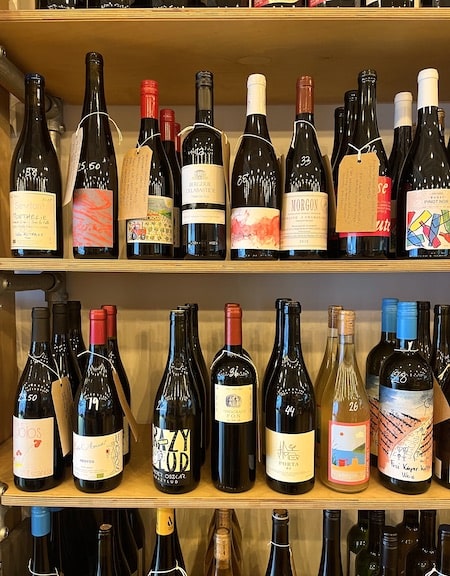
More about natural wine
The general idea behind natural wine is it represents a return to ancient winemaking processes – some winemakers are even experimenting with using clay amphora which were used to make wine over two thousand years ago! Very little intervention is required from the winemaker. Grapes contain sugars and yeast on their skins. When they’re crushed the yeasts turn the sugars into alcohol. The wines pick up color, flavor and aromas during fermentation. The skins are removed but no smaller particles are fined or filtered out and what you’re left with is an alcoholic juice that is in a sense still living. Natural wines can have some carbonation to them, they’re often cloudy and there’s a lot of inconsistency from bottle to bottle, let alone vintage to vintage.
Fans of natural wine believe it best captures the essence of what wine should be. This is because, like organic food, it’s believed to be healthier and more pure. In a sense this is true because it’s wine that doesn’t contain any additives and isn’t grown with pesticides. However, natural wines can be quite controversial in the wine world. Many wine merchants and wine connoisseurs dislike the unpredictability associated with them and the off flavors and mousey odors you can sometimes get because of bacteria. Natural wines can also be problematic in a restaurant setting where customers might be more likely to return the wine because they think it’s bad or corked. They need cool storage too. Any exposure to heat can restart fermentation and blow corks out, or even explode bottles!

More about organic wine
Organically farmed vs organic
A winemaker typically farms organically for three to five years before they can be certified. There is an important difference though between wines that say organically farmed or sustainably farmed on the label and those that are certified organic. That’s because how the grapes were grown doesn’t tell you anything about the additives used during the winemaking process. In the United States the FDA doesn’t control what goes into wine, this actually falls to a division of the Treasury Department. There are about 60 additives allowed in wine, from sugar to sulfites, and the animal products used in fining. Organic wine regulations limit which additives can be used. Note, there are still some allowed, which is different from natural wine where low intervention means nothing is added.
Why are there so few organic wines?
One of the reasons behind the relatively small number of organic wines on the market (other than natural and biodynamic wines) is the high cost of certification. In order to be certified as organic, a winery needs to make an application, meet all of the regulations and then pay what can be a substantial yearly fee. Small family-run farms and wineries in France, Spain and Italy that only produce about 3,000-15,000 cases a year don’t always have the money for this. Even if they’re farming the vines organically, needing to pay upwards of 10,000 Euros for a certification is too much. Moreover, in the case of older wineries, they may have been farming and producing wine in an organic way for years and dislike the idea that they now have to pay to list it on their bottles. In such cases, you might find sustainably farmed on the label, or nothing at all, even if the grapes were grown in an organic way.

Biodynamic wines
Biodynamic wines are organically farmed, but they involve some additional farming approaches that originated in the teachings of Rudolf Steiner. Steiner was an Austrian philosopher and social scientist who believed farming should happen in sync with planetary and lunar cycles, especially when it came to planting and harvesting. He also felt plants had a life force within them and advised on specific kinds of soil preparations and fertilizers that should be used, for example burying cow manure in a horn for a year and then using the fermented product as a spray for crops. There are a lot of self-sustaining practices involved in biodynamic farming, including using cover crops that are later eaten by sheep who additionally contribute fertilizers to the vines.
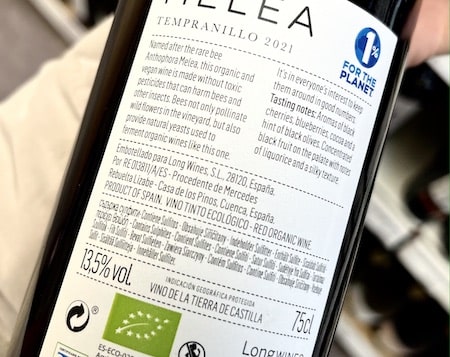

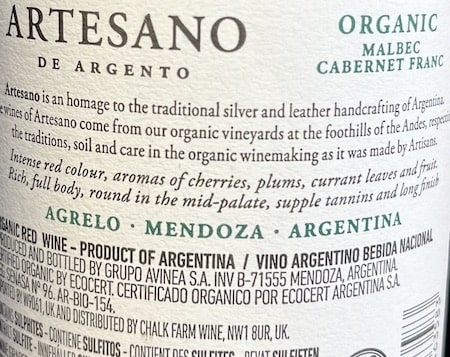
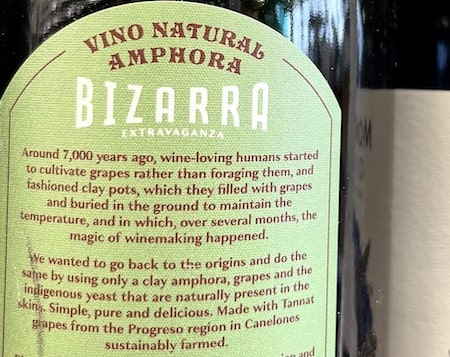
Is the organic, sustainably farmed and biodynamic distinction important?
Over the last ten years the wine industry has actively embraced sustainable, biodynamic and organic farming practices. What you’ll see these days is a lot of larger wineries adopting these practices for certain vineyards and producing some biodynamic or organic wines alongside their regular and sustainable production. This is happening in California in the United States, Oregon, New Zealand, South Africa and across Europe.
It depends who you talk to, but many people feel wine produced according to sustainable, organic or biodynamic practices is of a higher quality. Standard vineyards may be treated with chemical pesticides to protect vines against pests and fungus, and the grapes can retain some of these chemicals on their skins. Pesticides are a broad category that can include insecticides, fungicides and herbicides.
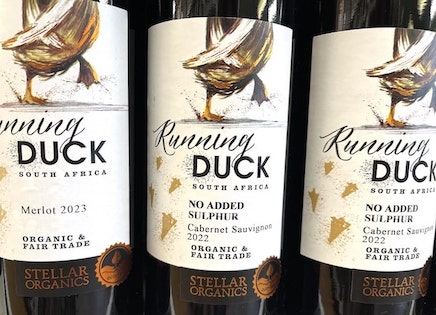
Why are sulfites added to wine?
Sulfites are the ionic form of sulfur dioxide, a compound that is an antioxidant and has antibacterial properties. Some are naturally occurring in yeast but it’s common practice for sulfites to be added at the end of the winemaking process. Winemakers do this to stabilize wine and ensure it will age longer. Sulfites also kill bacteria, which can introduce unwanted flavors and odors to wine.
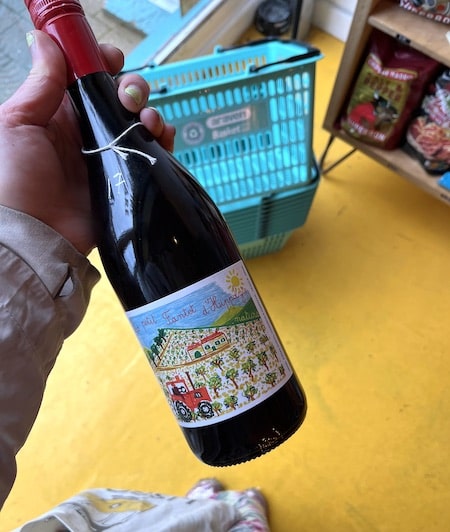
5 Tips if you’re shopping for an organic, natural or biodynamic wine
- Pay attention to the kind of certification the wine has. In America, some people look for organic wine because it doesn’t contain sulfites which they might have an allergy to. If you want an organic wine, it must have an organic certification. Organically farmed and sustainably farmed wines are much more common than organic alone. They’re also certified but they have a different kind of certification that only applies to farming.
- Remember there can be inconsistencies in natural and organic wine. As opposed to commercially produced wine, there will be more of a difference between vintages with organic wine, and even bottles in the case of natural wine. This means if you find a wine you like, it might not taste the same the next time you buy it.
- Look to see if the bottle mentions indigenous yeasts. Yeast is the agent that changes the sugars in grapes into alcohol, making wine. A commercial culture is more predictable and more uniform, which means it’s better for bigger production wineries. With indigenous yeast, you can get more intense flavors and terroir in the wine, but also more variance from year to year.
- Consider if the wine has been filtered. A lot of smaller production wines will have their wine fined, but not heavily filtered. That’s because filtration can remove some of the richness and texture from the wine. Natural wines are unfiltered, but you’ll also find many organic, biodynamic and even commercial wines are unfiltered or only lightly filtered.
- Keep in mind natural wines aren’t certified. Unlike with organic, biodynamic and sustainably farmed wines, there is no regulatory body for natural wines. This means a winemaker can decide to make natural wines in their own way, following their personal interpretation of best practices. No one will be checking the quality standards of the wine itself and you can see large variations in how natural winemakers actually go about making wine.
Wine Fact: With a larger production wine, customers often expect consistency in the product. For example, they want their Chardonnay from such and such brand to always taste the same. Smaller production wineries can use more native yeasts as they don’t need to meet the same consistency standards at scale.
How has the way we make wine changed
If natural wines represent a return to the “olden days” of winemaking, how and when did making wine become what it is today? A lot of the modernization we now consider standard was introduced in the 1900s. This includes paying more attention to cultivation and how many vines were planted per acre, what kind of trellising was used and the types of yeast involved in fermentation. A greater emphasis was also placed on sterilization during production and cold fermentation became the norm for white wines. Cold fermentation results in whites with more bright fruit that best capture the essence of the grape (the wines are also generally cleaner and have better acidity when they’ve undergone this process).
More on the history
Before WWI and WWII, most winemakers tended to farm in an organic way. However, when the wars were over, there was an excess of the ingredients used to make explosives and gunpowder. Because two of these ingredients were potassium and phosphorus, which could be used as fertilizers, they were sold to farmers as less expensive treatments for crops, and the rest is history.


